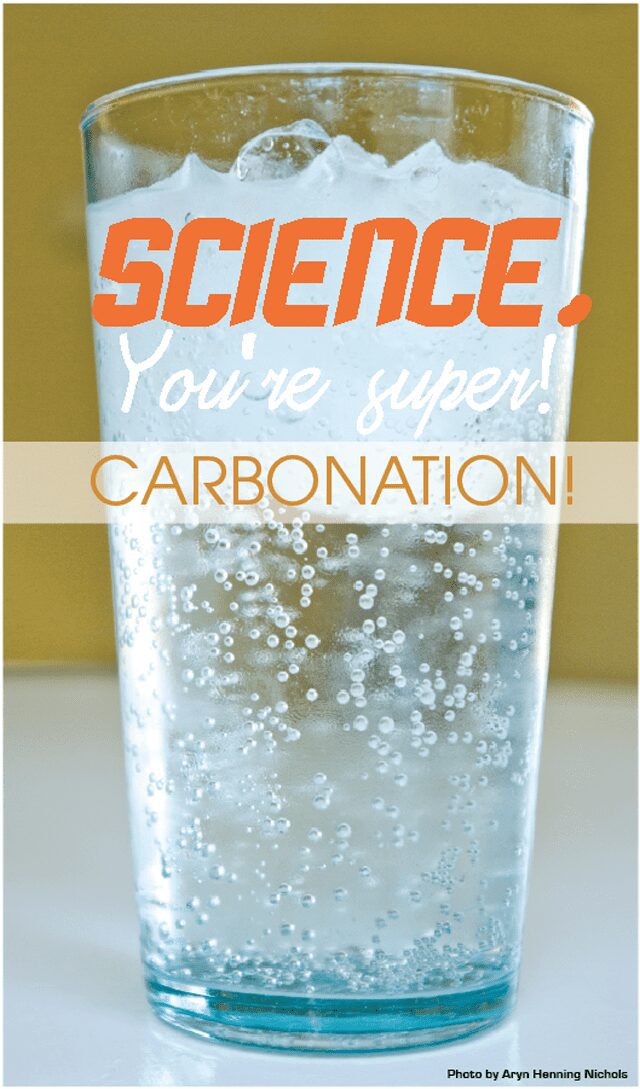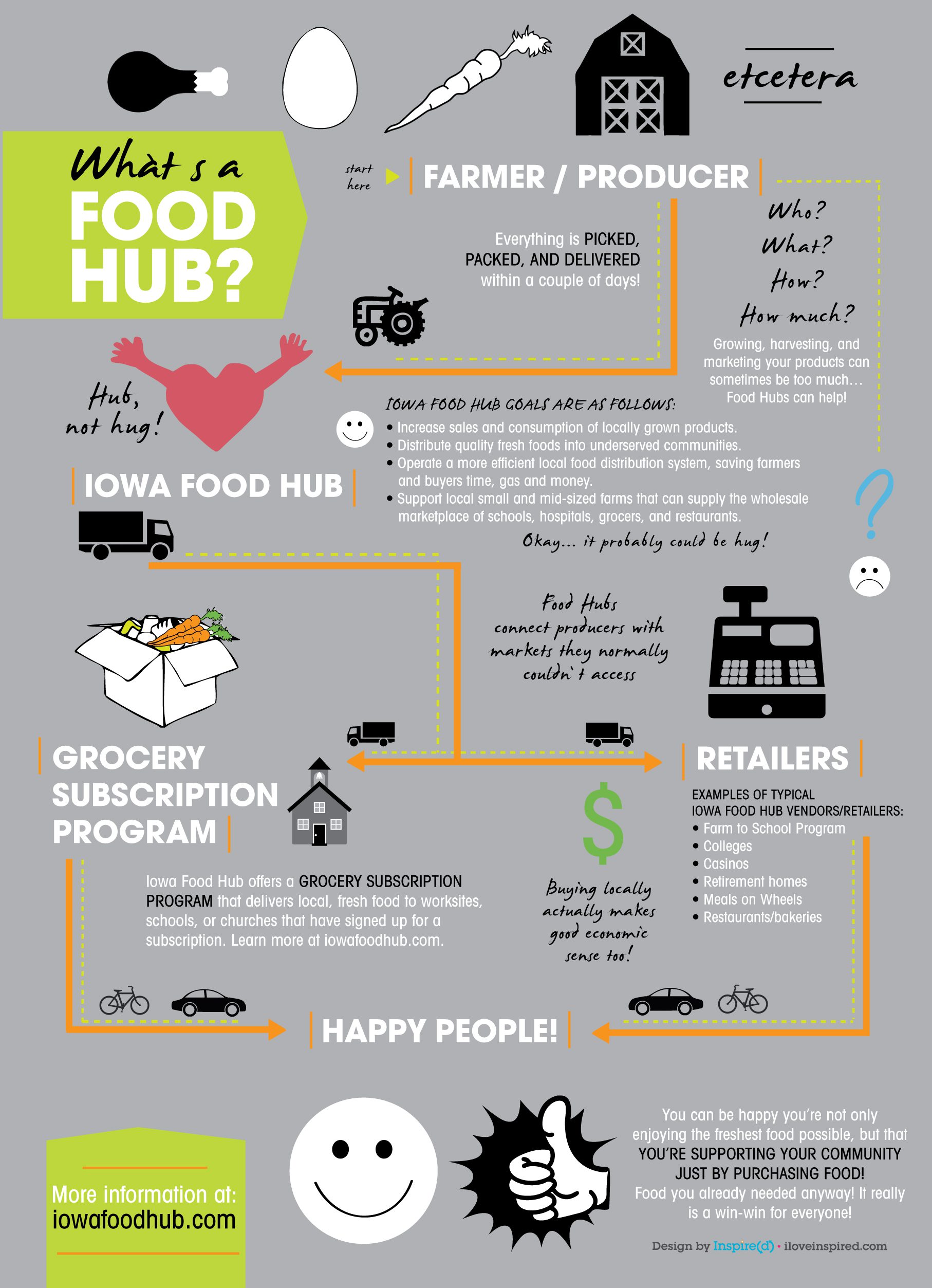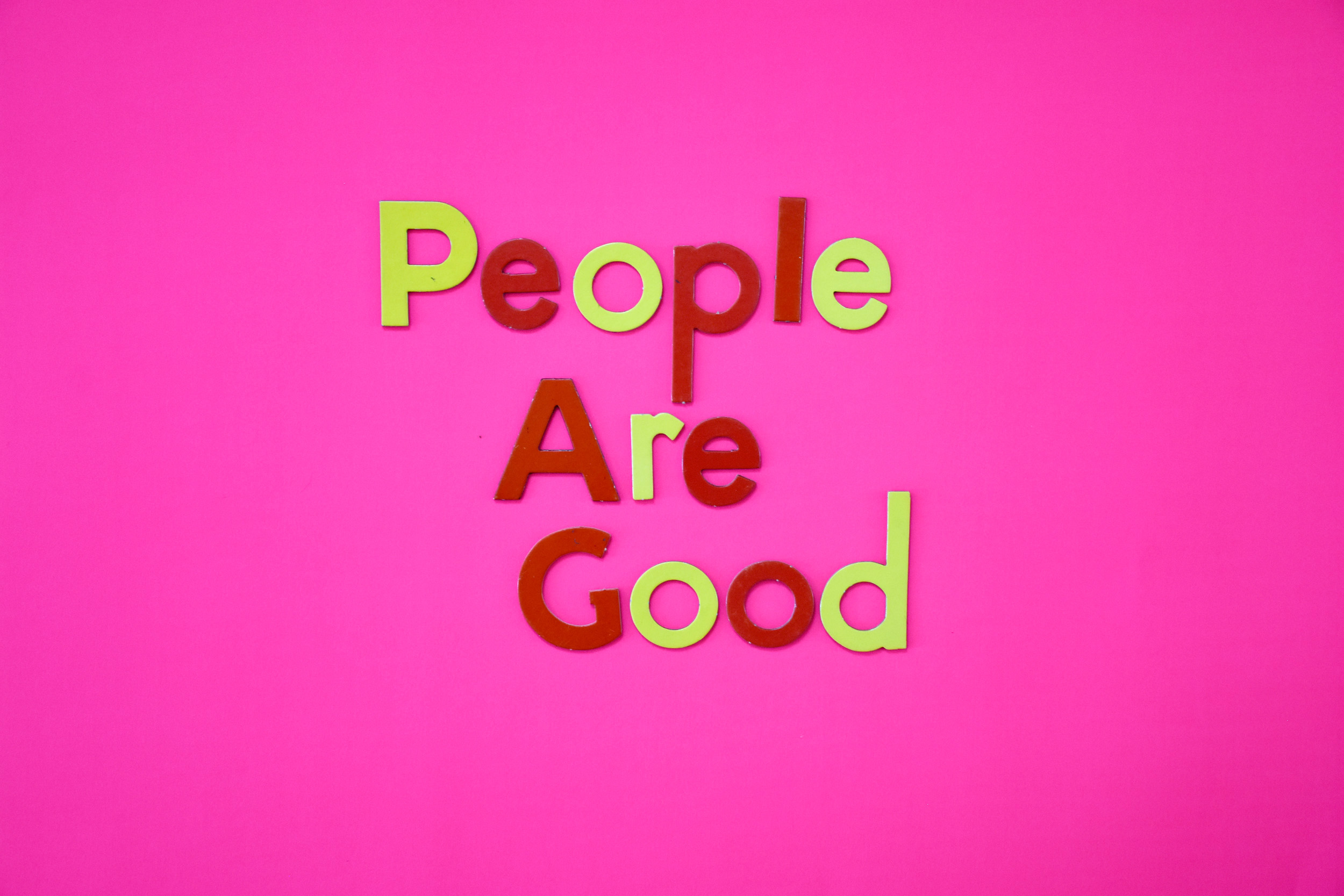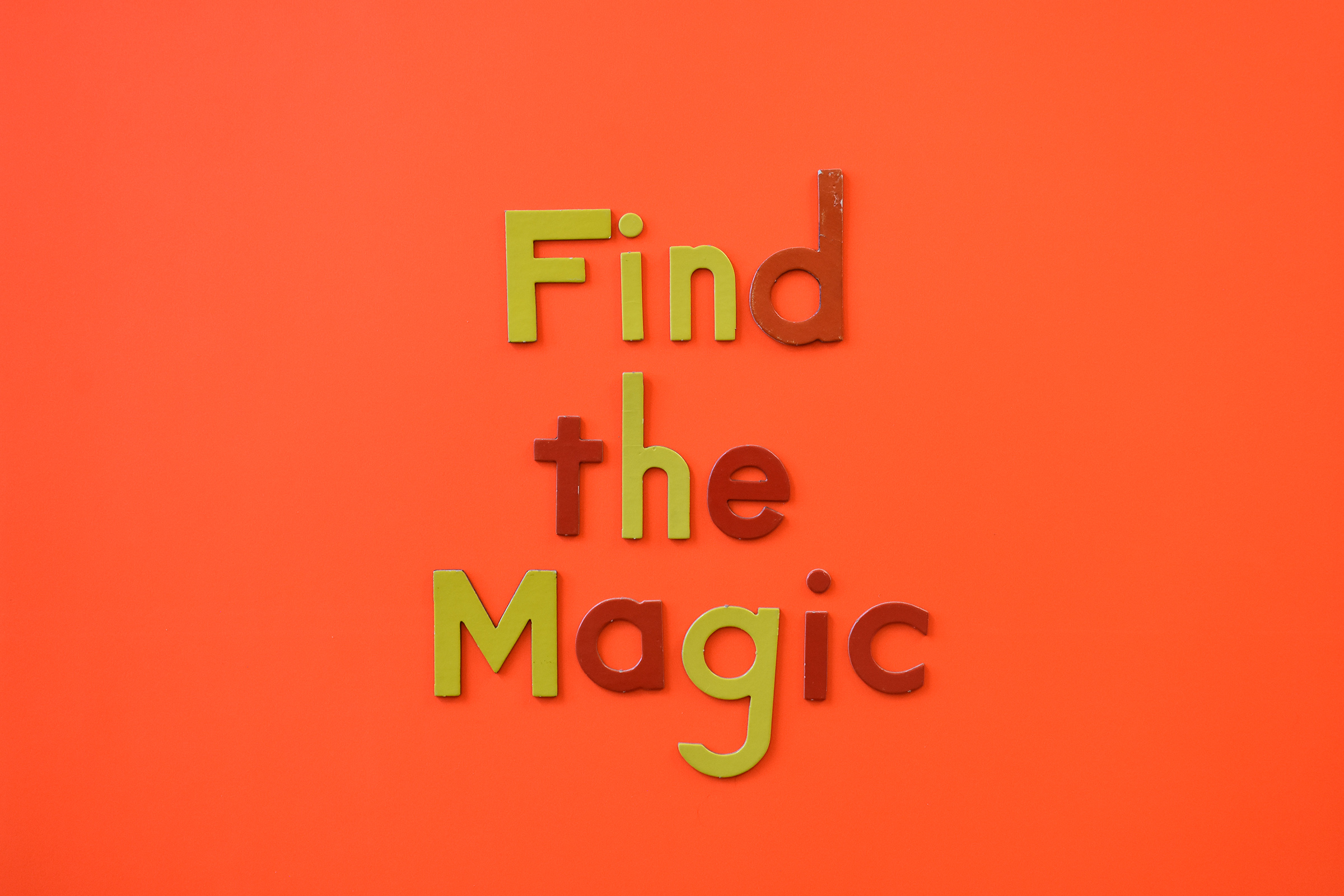Science, You’re Super: Carbonation!
By Benji Nichols
————————————————————————————–
In honor of Wisco Pop making its recent debut in bottles, we thought we’d bring you a little Super Science about carbonation!
—————————————————————————————
Fizz – it’s the stuff of magic. Just think where our refreshments would be without all those bubbles! Whether it’s a craft brewed soda, sparkling water, refreshing beer, or even champagne, carbonation is something we probably take for granted. Maybe that’s because man-made forced carbonation, as we know it, has been around for about 250 years. In 1767, British chemist (and theologian/inventor) Joseph Priestly was credited with discovering a method of pressurizing water with carbon dioxide. By suspending a bowl of water above a brewery vat of beer, the offshoot ‘fixed air’ (full of CO2) infused the water with carbon dioxide bubbles. Of course, naturally fermenting substances have been fizzing since well before written records – giving off their own carbon dioxide as yeasts metabolize sugars, and if kept under pressure, naturally producing carbonation as well.
But most sparkling beverages that we are familiar with in today’s world are supplemented with man-made carbonation. Gasses can dissolve in liquid, and carbonation is created when carbon dioxide (CO2) does just that. The process of dissolving carbon dioxide in water is done under pressure, in which the CO2 gas will dissolve until the amount of CO2 in the air and in the water are equal. Excess CO2 can be added when under pressure – which is why when we open a canned or bottled beverage we hear a small ‘whoosh’ of pressurized CO2 exiting the vessel. As long as the container is sealed again, the CO2 will not entirely leave the liquid, but as everyone knows, if you leave a carbonated beverage sitting out for too long, it goes flat. (Sad panda…) Large industrial bottlers have the ability to add much more pressure in the process, thus providing an even more intensely carbonated beverage than, say, an ‘at-home’ carbonation kit or soda fountain, but technology and commercialization have made even small scale countertop units quite inexpensive.
So why do we like the bubbles? First, the bubbles are pressurized bits of carbon dioxide surrounded by water molecules – and when the pressure of a bottle or can is released, the bubbles seek to create an equal force between the liquid and the air that is around it – thus, rising to the surface in beautiful little pearls and fizz! It has also been found that CO2 bubbles actually hit the ‘sour’ sensory area of the human tongue, making them have some sense of ‘taste’ that we generally enjoy. If you’ve ever taken a drink of flat soda water or similar, then you know that the taste is not particularly pleasant. There are different types and sizes of CO2 bubble as well, and the taste and mouth feel of something that is naturally carbonated (fermented), versus that of something that is pressurized can be noticeable. For instance, some sparkling wine and champagnes have extremely fine bubbles that continue rising to the surface for some time, while soda generally has larger bubbles that don’t last as long. Another amazing figure is that a glass of soda basically holds roughly one glass of water, but that would equate to five glasses of CO2 as bubbles! Any way you experience it, carbonation adds a joy to beverages that is truly delightful – and a little magical! Cheers!
Sources:
- mattson.creighton.edu/SodaWater/SodaWater.html
- en.wikipedia.org/wiki/Carbonation
- www.grit.com/food/kitchen/carbonation-science.aspx
- www.nytimes.com/2009/10/20/science/20obfizz.html?_r=0












